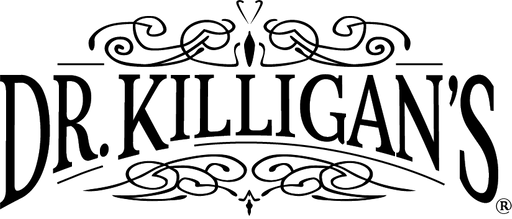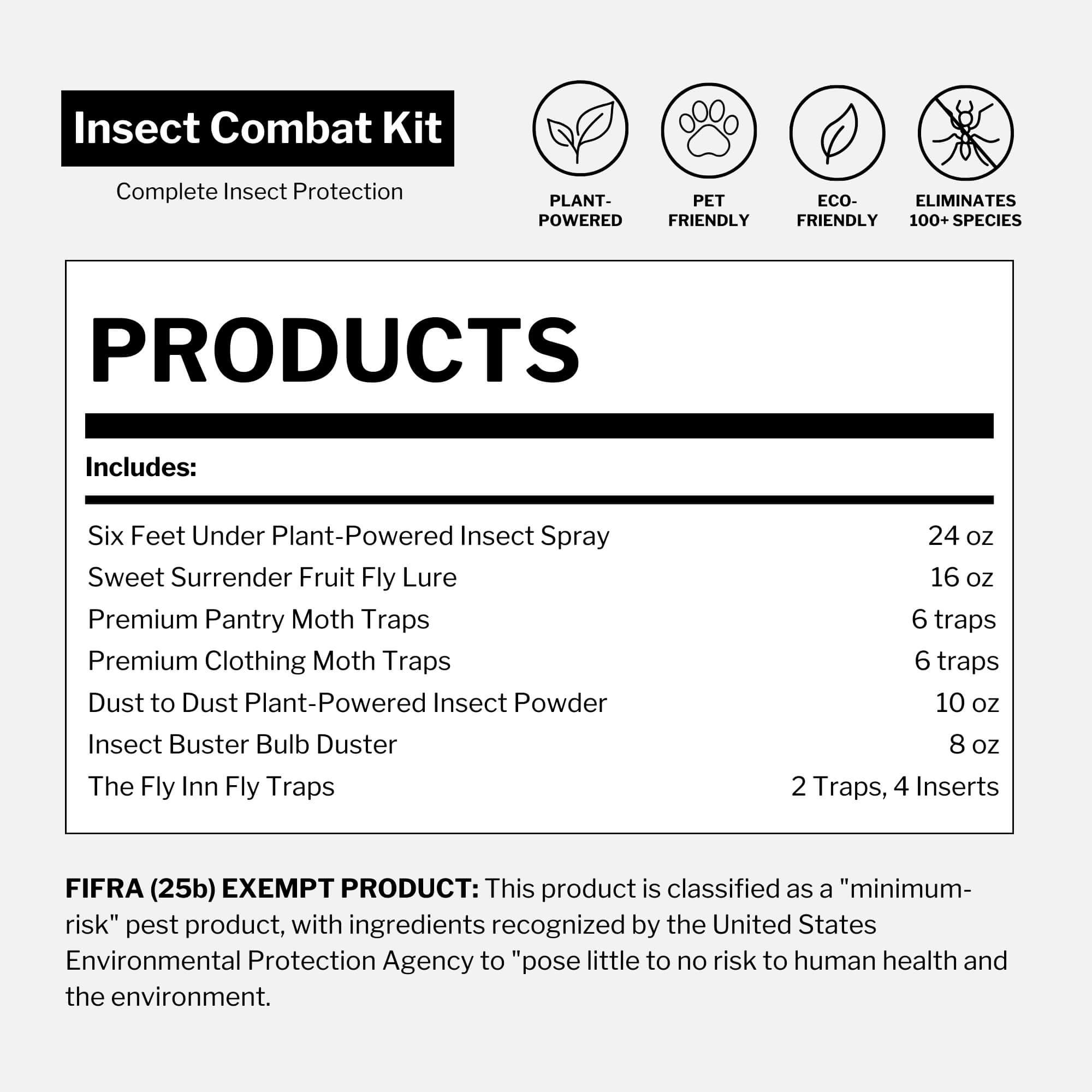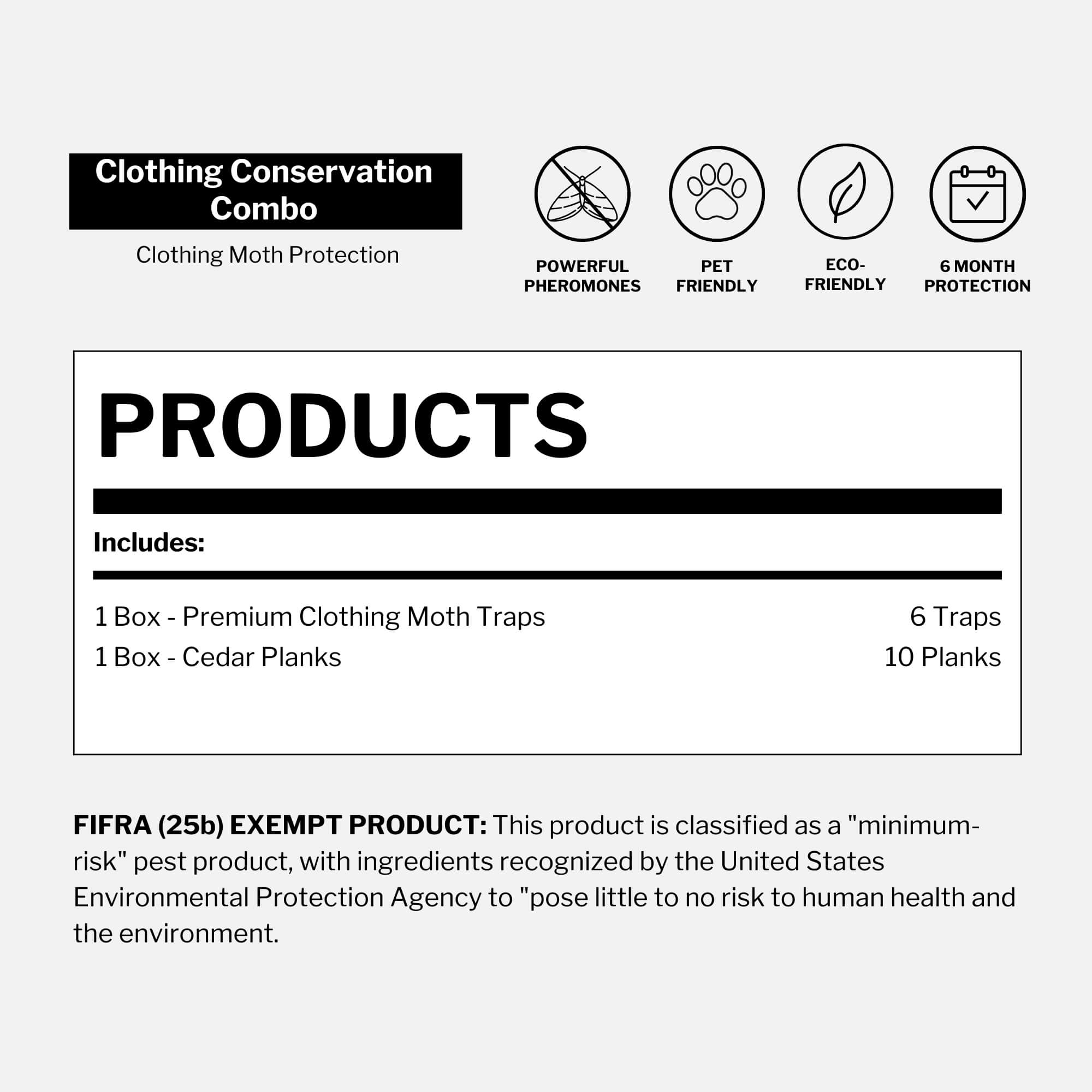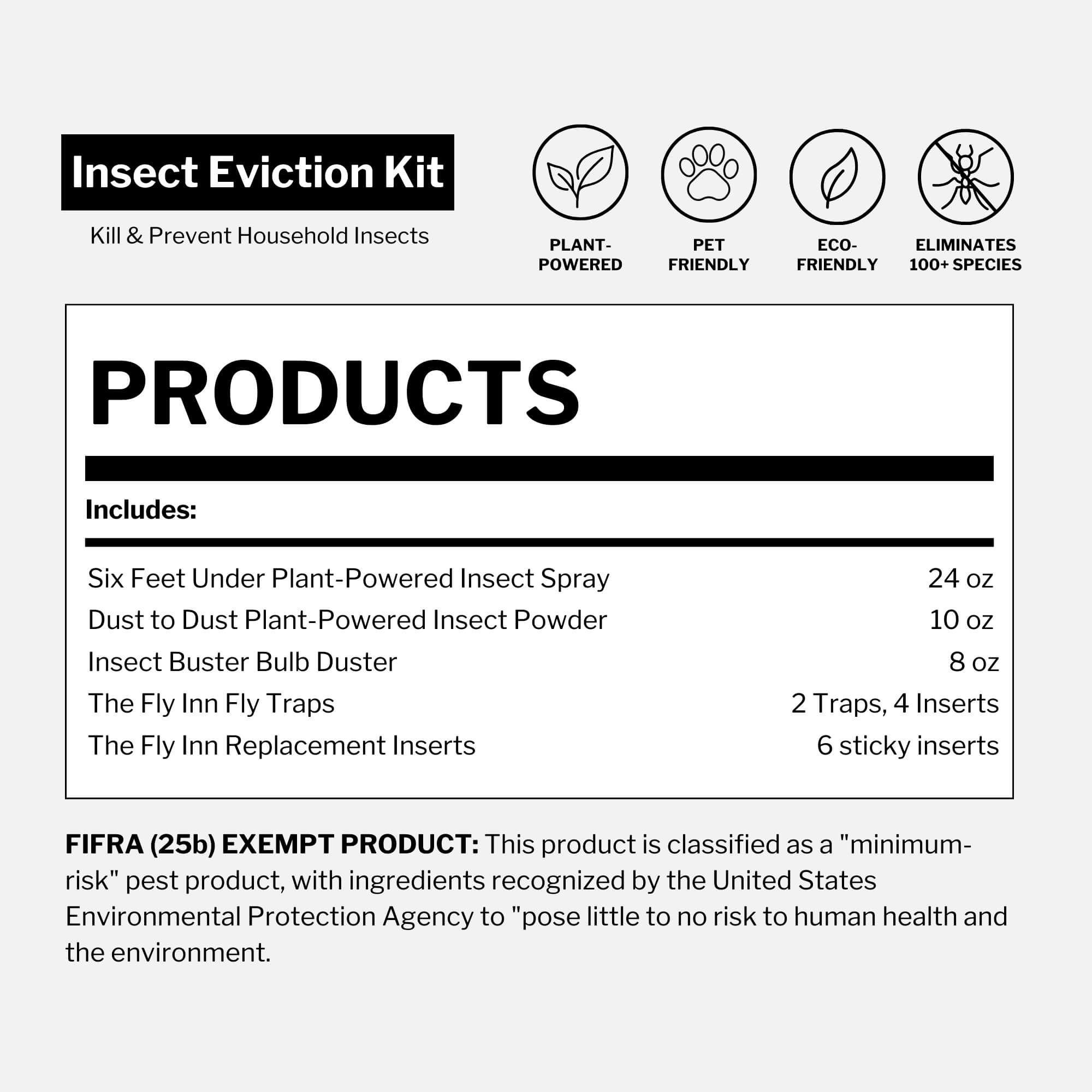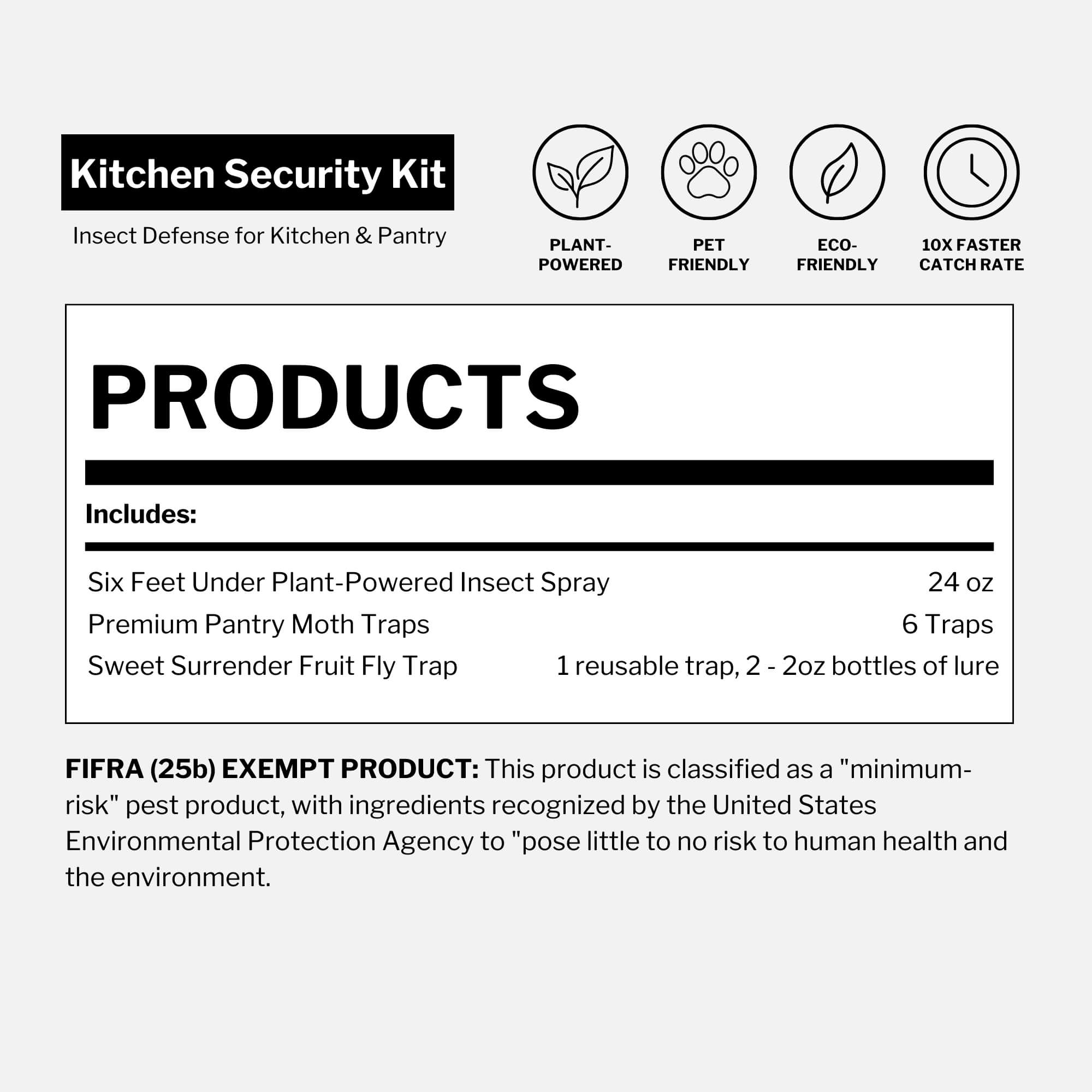A new national report delivers a stark warning: the health of American children is in crisis—and pesticides are a key part of the problem. This publication reveals that pesticides are no longer confined to fields; they’ve infiltrated nearly every aspect of our lives. From the air we breathe and the food we eat to household dust, these chemicals are everywhere.
But they don’t just linger—they accumulate in our bodies, including those of our most vulnerable: children. The findings highlight that current regulations aren’t enough to protect us from the cumulative risks of these toxins. Even more alarming, pesticides don’t act alone. When combined with other synthetic chemicals, they may magnify harm, especially in developing bodies.
It’s time to face this crisis head-on. In this article, we’ll explore how pesticides seep into our bodies, even contaminating breast milk.
How pesticides end up in our bodies
Pesticides are part of our daily reality. And they don’t stop at our front doors. They enter our bodies in more ways than we might think. From inhaling particles in the air to absorbing residues through skin contact or ingesting contaminated food and water, our daily routines expose us to these chemicals.
Our daily routines expose us to hidden pesticides—right where we live, eat and breathe.
Some of this exposure comes from unexpected places—like products we use to manage household pests or keep our gardens in check.

- Studies show that harmful chemicals—including pesticides, microplastics and dioxins—are regularly detected in the blood and urine of pregnant women and children in the U.S.—sometimes at levels considered alarming.
- Legacy chemicals like DDT, chlordane and HCH—once widely used, though banned decades ago—continue to linger in the environment.
- According to the Environmental Working Group (EWG), more than 200 industrial chemicals and pollutants—including pesticides, polychlorinated biphenyls (PCBs) and heavy metals—have been detected in umbilical cord blood, confirming that babies are exposed to a complex cocktail of toxic substances even before they’re born.
- A 2024 study found that 14% of U.S. pesticide active ingredients are per- and polyfluoroalkyl substances (PFAS)—and alarmingly, this number has climbed to over 30% for active ingredients approved in the last 10 years.
Breast milk contamination and infant risk
Breast milk—a symbol of life and nourishment—has become an unexpected carrier of harmful chemicals. Studies confirm that PFAS—which are used in pesticides and consumer products—accumulate in human fat and are transferred to babies through breastfeeding.
Pesticides don’t just linger—they accumulate in our bodies, even contaminating breast milk.

Even with regulations on pesticides, harmful chemicals continue to circulate and build up in the environment. What’s more, many of these chemicals—including DDT and chlordane—are classified as probable human carcinogens, meaning long-term exposure could increase cancer risk. This means infants—at their most vulnerable developmental stages—are being exposed to compounds linked to hormonal disruption, immune suppression and neurodevelopmental disorders.
A recent review found that specific PFAS compounds—such as PFOA and PFOS—are present in breast milk at levels that sometimes exceed safety thresholds by a significant margin. These persistent pollutants are a threat to development, impairing lactation and milk production, altering breast tissue development and disrupting the delicate hormonal balance essential for healthy growth. They also interfere with brain development and weaken immunity.
The hidden dangers of organophosphates
While many pesticides have been phased out or restricted, some remain hazardous to our health—particularly children’s. Organophosphates—including chlorpyrifos—were once the go-to insecticides used in U.S. schools. Although public pressure and research prompted a shift away from their use after 2002, these chemicals haven’t disappeared.

Even low-level, cumulative exposures during pregnancy have been linked to long-term impacts. Studies show that children exposed to organophosphates before birth face higher risks of ADHD-like behaviors, cognitive challenges and reduced IQ.
Organophosphates’ danger lies in how they disrupt acetylcholinesterase, an enzyme crucial for healthy brain signaling. When this enzyme is blocked, nerve cells become overstimulated, which can harm brain development—especially in babies and young children.
Research from the Journal of Neurotoxicology shows how the developing brain is particularly vulnerable, with small, repeated exposures potentially leading to irreversible effects in brain structure and function. These insights remind us of the pressing need to reduce organophosphate exposure—especially in places where children live, learn and play.
Exposure through food, homes and lawns
It’s now clear that our homes, yards and dinner plates aren’t as safe as we might have thought. Neonicotinoids—a newer class of pesticides often marketed as “safer”—have been detected widely across the U.S. population, as revealed by a 2019 study analyzing NHANES 2015–2016 data. These chemicals make their way into our households through household pest-control products, among other routes.

Though promoted as less harmful, neonicotinoids carry neurological and reproductive risks, particularly for developing bodies. A systematic review has linked chronic exposure to these pesticides with developmental and cognitive impairments in humans. Their pervasive presence highlights the need to scrutinize even so-called 'modern' pesticides and to rethink how we manage pests at home, in gardens and public spaces.
Facing the pesticide crisis head-on
The scientific record is clear: our health—especially the health of our children—is under threat from the persistent presence of neurotoxic, endocrine-disrupting and carcinogenic pesticides in our homes, schools and bodies.
From invisible particles in the air to hidden contaminants in food and even in our bloodstreams, these chemicals touch every aspect of life. Neonicotinoids, organophosphates, PFAS and other toxic compounds are accumulating in our bodies, with effects that are particularly dangerous for the youngest and most vulnerable.
The real question isn’t whether the science is clear—it is. The question is: Will we act on what we know?
This isn’t just theory—it’s a reality backed by decades of research and mounting evidence. And the stakes couldn’t be higher.
What’s more troubling is how the pesticide industry’s influence has often skewed the science, echoing tactics once used by Big Tobacco and the chemical industry. Industry-funded research routinely downplays the risks, while independent studies repeatedly point to harm.
It’s time for action.
At Dr. Killigan’s, we stand with families who demand transparency, accountability and solutions that protect our homes and health. We’re committed to crafting pest control products powered by nature—free from harmful chemicals and designed with safety and effectiveness in mind.
The time for waiting is over. Together, we can protect our homes, our health and our future.
